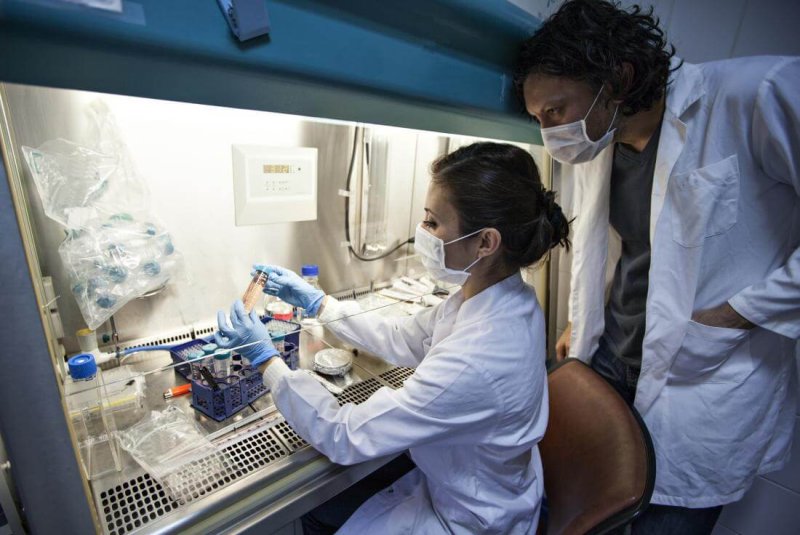Treatments for eye diseases are considered among the most promising for stem cells, which have been under study for more than 3 decades.
…
Other treatments are not that far along, but among the areas of research cited most often are:
…
Kidney transplant: Patients who receive a kidney transplant must take immunosuppressive drugs to prevent organ rejection for life.
…
Now, researchers are infusing stem cells and immune cells from the organ donor into the patient who received the donor kidney. The hope is to stop the need for the immunosuppressive drugs.
…
Diabetes: Other researchers are working on using embryonic stem cell therapy to treat type 1 diabetes, which happens when the immune system destroys the beta cells in the pancreas that make insulin. Researchers have found a way to turn human embryonic stem cells into ones known as pancreatic progenitor cells. These can then mature into insulin-making beta cells.
…
“The future has to be really rosy,” USC’s [professor Andy] McMahon says of stem cell applications. He predicts stem cell research will spawn different types of medicine, including not only disease treatments, but finding drugs that work better for individual patients.
Read full, original post: Stem Cells and Health Advances: Where Are We Now?































